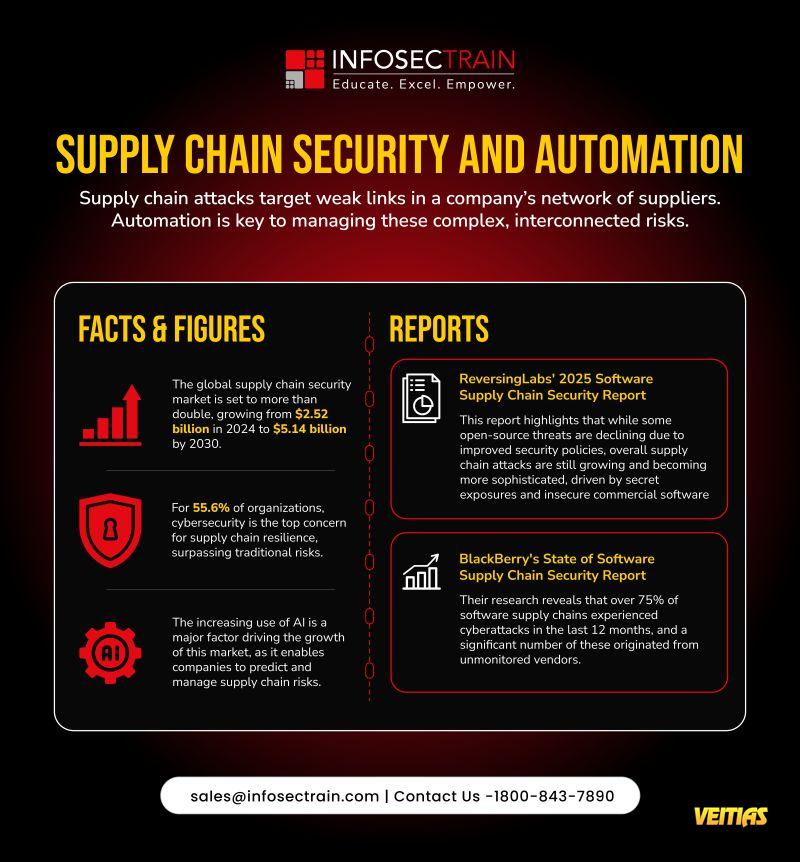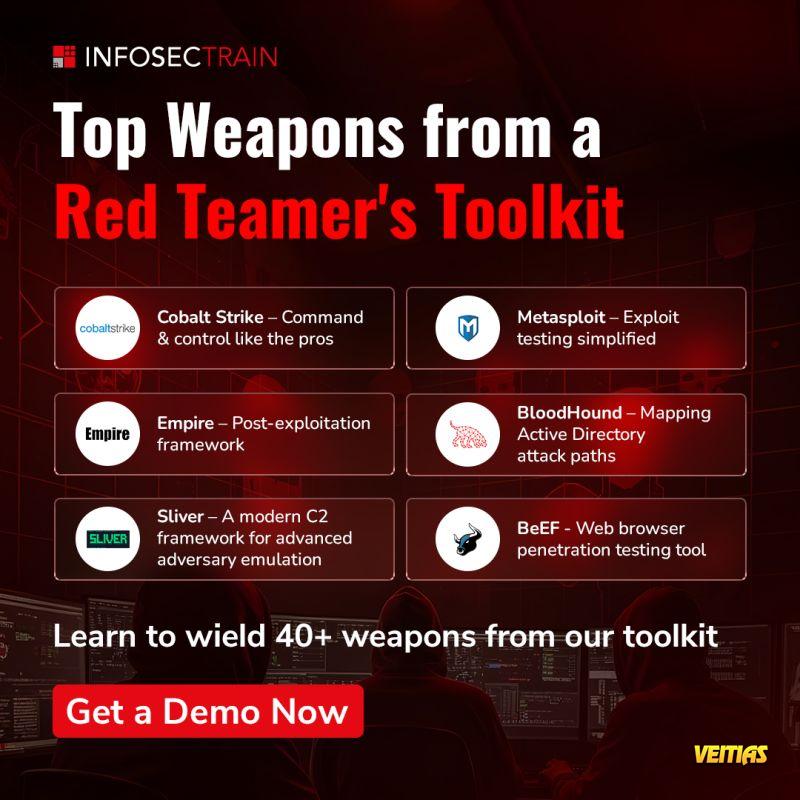Golden Ticket in Cybersecurity | Complete Guide to Kerberos Exploitation
Golden Ticket Attacks are one of the most powerful and stealthy cyberattacks in the world of Active Directory exploitation. In this video, we break down what a Golden Ticket Attack is, how it works, and why it poses such a severe threat to enterprise networks.
Watch Here: https://www.youtube.com/watch?v=b7rH-KzKhYg
#goldenticketattack #kerberosattack #activedirectory #mimikatz #cybersecurity #redteam #infosectrain #ethicalhacking #apt #domaincontroller
Golden Ticket Attacks are one of the most powerful and stealthy cyberattacks in the world of Active Directory exploitation. In this video, we break down what a Golden Ticket Attack is, how it works, and why it poses such a severe threat to enterprise networks.
Watch Here: https://www.youtube.com/watch?v=b7rH-KzKhYg
#goldenticketattack #kerberosattack #activedirectory #mimikatz #cybersecurity #redteam #infosectrain #ethicalhacking #apt #domaincontroller
Golden Ticket in Cybersecurity | Complete Guide to Kerberos Exploitation
Golden Ticket Attacks are one of the most powerful and stealthy cyberattacks in the world of Active Directory exploitation. In this video, we break down what a Golden Ticket Attack is, how it works, and why it poses such a severe threat to enterprise networks.
Watch Here: https://www.youtube.com/watch?v=b7rH-KzKhYg
#goldenticketattack #kerberosattack #activedirectory #mimikatz #cybersecurity #redteam #infosectrain #ethicalhacking #apt #domaincontroller

0 Комментарии
0 Поделились
993 Просмотры
0 предпросмотр








